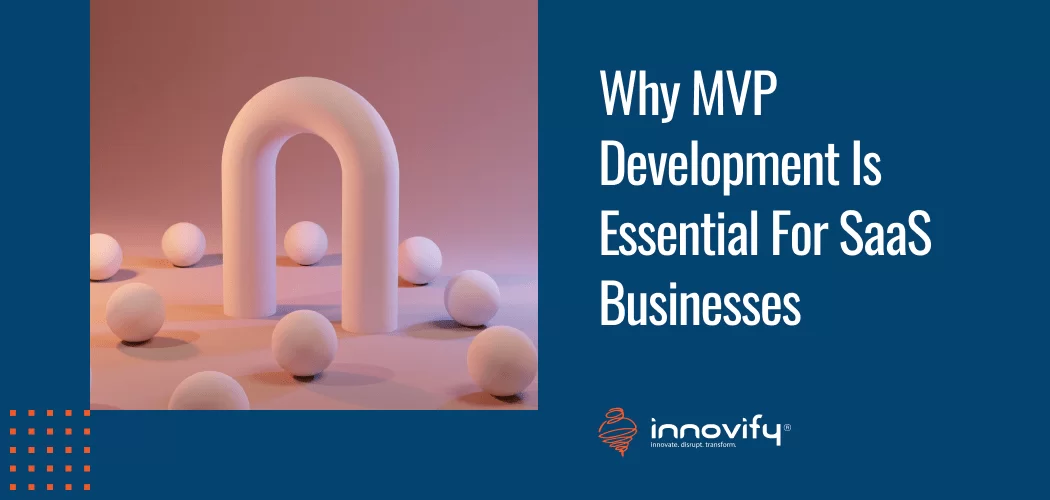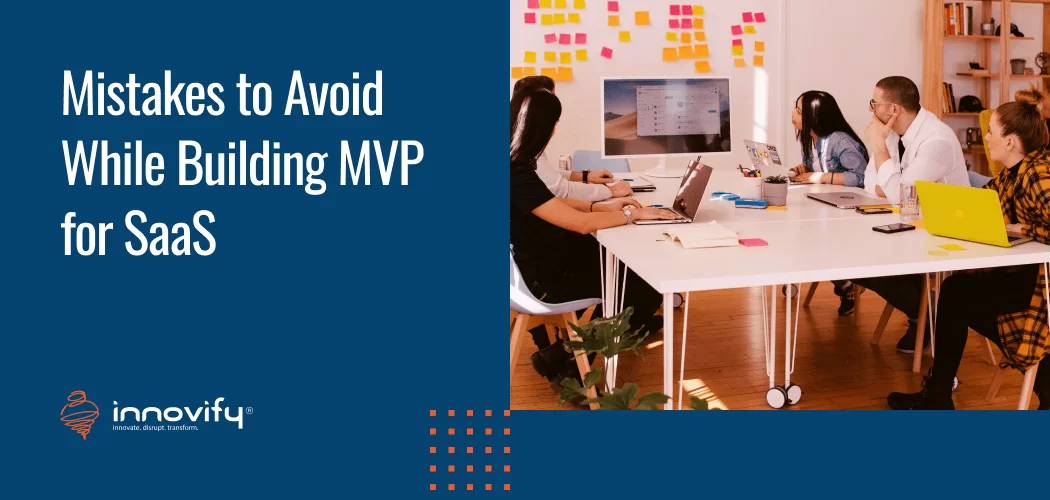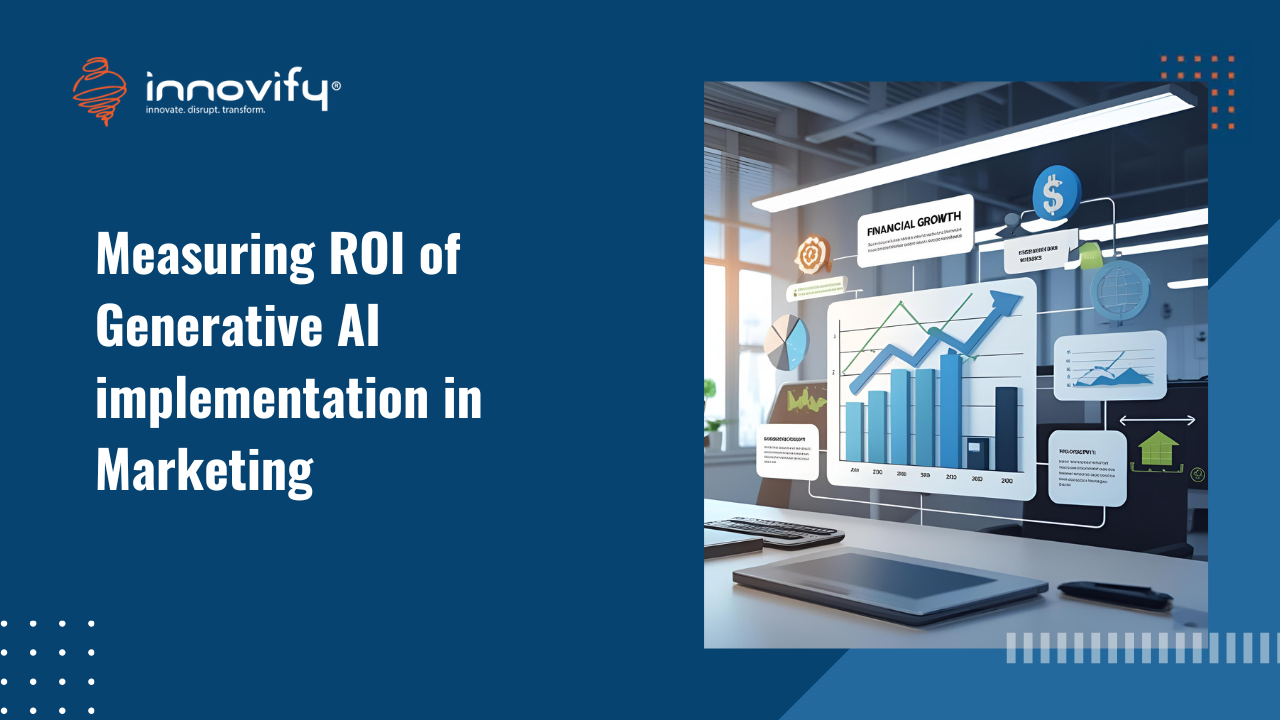AI/ML
8 Dangerous Mistakes to Avoid While Building MVP for SaaS
It would be impossible to count if we went on to list the benefits that came because of the advent of cloud computing and software as a service (SaaS) tools. A SaaS platform is a cloud-based application that offers services over the internet. Trello, Notions, PayPal, and Shopify are all examples of SaaS.
Now the question arises, what is MVP development for SaaS?
A SaaS Minimal Viable Product is an early version of a working cloud product. When an enterprise or startup plans the creation of a SaaS product, they first launch an MVP to validate the idea. The MVP of a SaaS product offers just enough value, features, and functionalities to end-users through which the users can get the core functions of the final application.
In this article, we will discuss:
- The reasons MVP development is essential for SaaS businesses
- Top 8 mistakes to avoid while building MVP for Saas in 2022
And while wrapping, we briefly discuss the process of developing an MVP that SaaS business owners should follow and the importance of choosing the right MVP development partner to avoid the most common mistakes.
Top Reasons Why MVP Development Is Essential For SaaS Businesses

If you’re too much of a perfectionist, you need to read this quote by C. Joybell:
“There are two things we should always be: 1. Raw, and 2. Ready”
Almost all prominent SaaS businesses you see started with an MVP years ago, be it, Calendly, Buffer, Dropbox, Typeform, and many more. If this reason isn’t enough for you to launch an MVP before you go on to launch the almost perfect SaaS product, then keep on reading.
-
MVP acts as a miniature:
Having a minimum viable product will help you understand whether your idea is worth pursuing.
-
Lets you make mistakes:
MVP of a SaaS product lets you make mistakes so that you learn from them and come back stronger. If the product idea seems worth it, MVP will guide you in the direction you should take.
-
Faster release time:
A fully functional SaaS product takes a lot of time and effort, but MVP speeds things up. The nonavailability of multiple, complex features makes the launching process less time-consuming because it’s good to arrive early in the SaaS market.
-
Attract investors:
Some startups don’t have a lot of budgets initially, and they can’t get investors to launch a complete SaaS product. Here, developing a successful functional application model can get investors’ funds.
After learning the benefits of developing an MVP, let’s focus on the top 8 mistakes that successful SaaS products like Facebook, Yahoo, and Airbnb didn’t make when they came up with their minimal viable product.
Top 8 Mistakes To Avoid While Building MVP For Saas
Companies has made several mistakes in the past in launching MVP for SaaS. We have made a list of common recurring mistakes you can avoid for a smooth MVP launch.
1. Having too many features
One big mistake companies make is not following the MoSCoW prioritization method when considering which features to include in an MVP. What is the MoSCoW prioritization method, you ask?
| M | Must have |
| S | Should have |
| C | Could have |
| W | Won’t have |
In an ideal case scenario, companies should only include the “must-have” features in an MVP. Instead, companies make the mistake of also including features that come under the category of “should have” and “could have”.
Companies focus on including ten features in the MVP when the needed features were only four and in the end, they don’t get any of the ten features right.
They focus on attaining top-notch additional features, visual design, and user interface in MVP at the cost of the performance of an MVP of SaaS. New users can easily overlook these add-on features while indulging if the performance of MVP is stable.
2. Not having clear business strategies
Not having a clear business strategy is like going somewhere without knowing the directions or having a map. Your business strategies should be crystal clear before you start developing an MVP, with enough scope improvements depending upon the performance of the MVP. Repercussions of not having a clear business strategy can be:
- Employees get busy rather than getting productive
- Spillage of big chunks of budget on sales and marketing
- Customer retention and engagement go downhill
3. Targeting a wrong user base
Startups often mistake targeting the wrong user base for their MVP. The user base for your MVP will come from the same target audience for whom you are building your final product. MVP building is the foundational step, and you should keep in mind that final users will also be the ones who test your product.
You are building a product keeping a particular buyer persona in mind. When launching the MVP, you should keep the same buyer persona in mind. You don’t need a large enough audience, rather a small, quality audience will do, who can provide meaningful feedback. A large and diluted feedback will give unconnected feedback that will not take your product anywhere.
4. Overengineering your MVP
When the MVP of a product is built, businesses often make the mistake of engineering it for thousands of users and optimum speed. On the contrary, there lies major differences between the MVP and the original product being built. Here, companies are often of the notion that they can engineer the MVP prototype for the future. This thought is a complete no-no. You should be mindful here to save a considerable waste of cost, time and resources. At the time of MVP building, companies need not worry about scalability.
At this time, over engineering the configuration code, for scalability or for the diversity of the clients is not required. Furthermore, down the line the tech team may have to give up on older code as per the product’s demand.
5. Wasting too much time perfecting your MVP
The launch of the MVP is not the launch of the final product. However, many businesses, especially startups, make the mistake of launching a half-built product into the market and labeling it as an MVP, without realizing the MVP testing benefits. This leads to the launch of a wasted product that delivers an awful user experience. Remember the meaning of MVP. It is to build a demo product with a few important features to test its viability.
A final product needs to be technically excellent and tested very well before its launch. Also, it should deliver an incredible user experience so that they keep coming back. Focus on two kick-ass features instead of leaving a dozen of them half-way in the MVP.
6. Overlooking the security and privacy of your MVP
As the name suggests, you should focus on the “viable” things of your product, instead of just focussing on “minimum”. No doubt, speed is a crucial factor in MVP as well, but there is no need to spend considerate time in perfecting it. Rather, you should pay attention to the security and privacy while launching in the market.
This mistake may cost you your startup. You should always pay attention to the security of your users and don’t put them at risk. Ensure that your MVP is secured and that the privacy of the user is protected.
7. Ignoring the user feedback
When you are launching an MVP, you are doing it for the feedback of your users. Ignoring their feedback will make your MVP go in vain. Founders often make the mistake of focussing only on their product instead of solving problems. The purpose of MVP is to test if your solution is actually helpful for your target audience and is it helping solve any of their problems.
The only way to find this out is to pay attention to the user feedback after they have used your MVP.
8. Not choosing the right MVP development partner
The right MVP development partner will make your business. On the contrary, choosing the wrong partner will be a fatal mistake for your business. There are a few critical roles that you should have as your partners when building the MVP. For instance, tmentors, advisors, mentors and also the software development team.
The development team will be the lifeblood of your MVP, and they will be working dedicatedly for your project. After considering a few factors like their portfolio, experience, etc. to be sure about their work. A development team who has worked on MVP before will know everything about what goes into building an MVP, and what is required in the final
product.
Taking Everything Into Account
Take your time to evaluate all the factors that will help you construct an MVP that fulfills the requirement of your target audience. The right team will help you build a superb product ready for your audience.
Avoid the handful of mistakes that businesses make with their MVP and you are good to rock the market. The most important thing you should pay attention to is the choice of the right MVP development team. Many development partners have not built an MVP before and so they are not aware of the process.
Pick a partner who has considerate experience in building MVP. The process involves several hurdles and many of such problems are case-sensitive. With years of experience comes problem-solving skills and MVP experts take care of everything to offer you the best.




